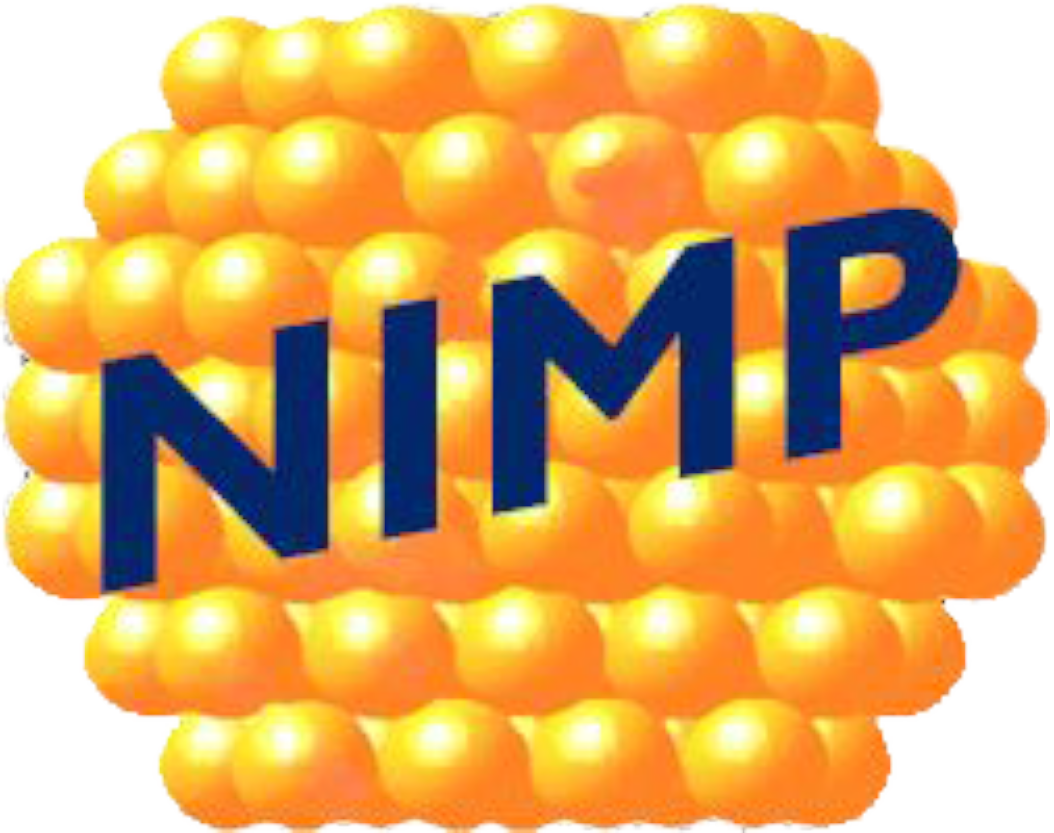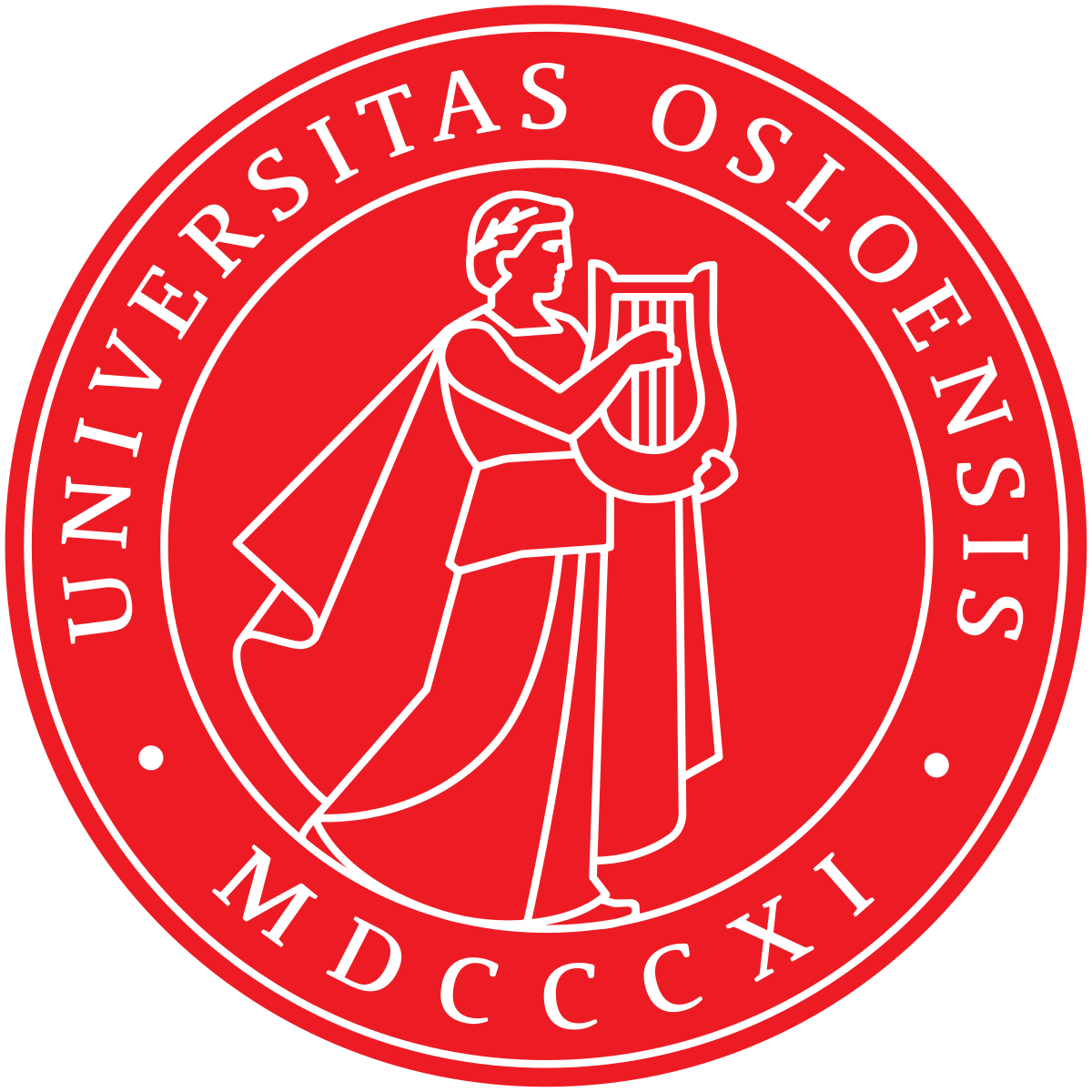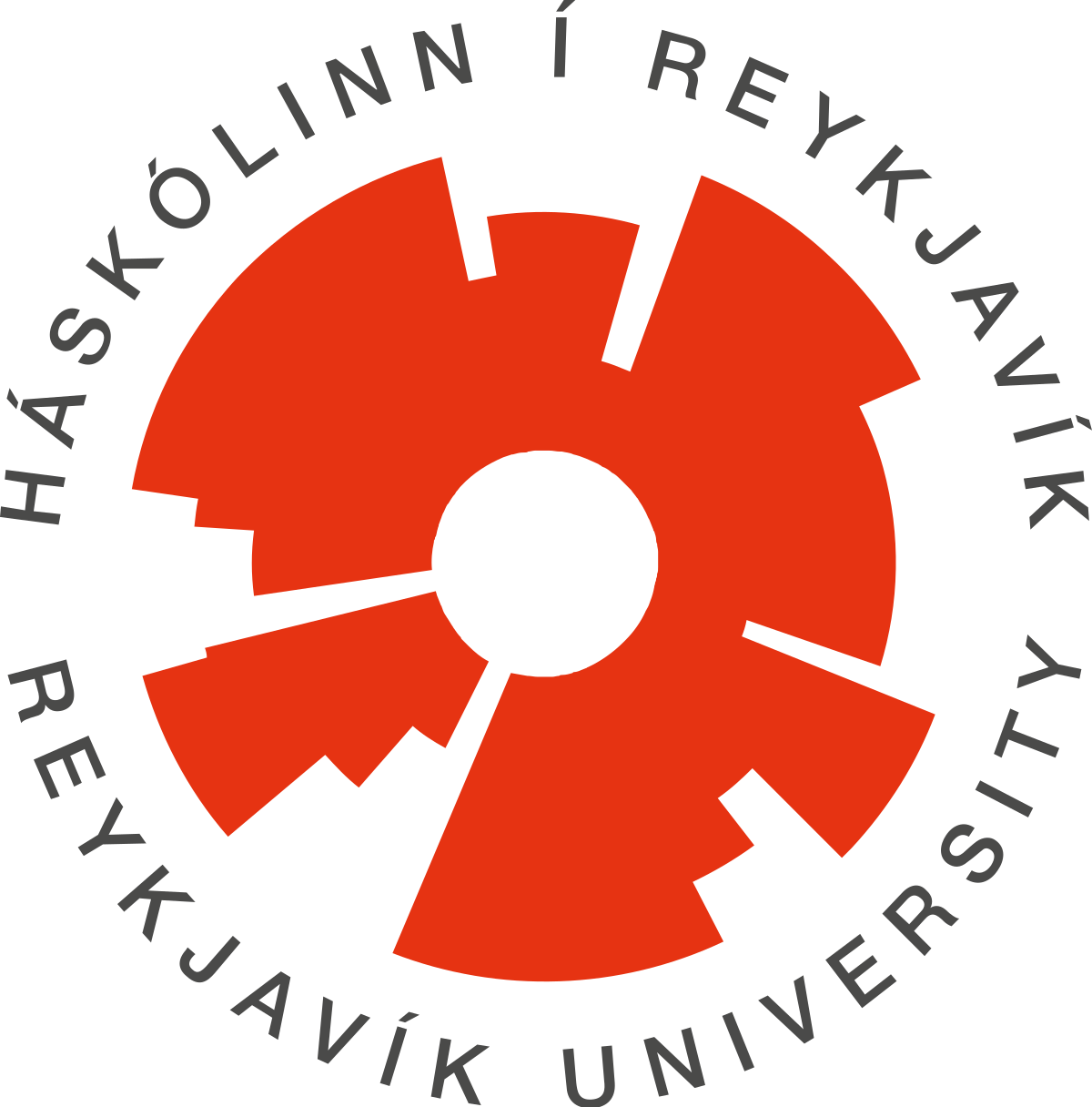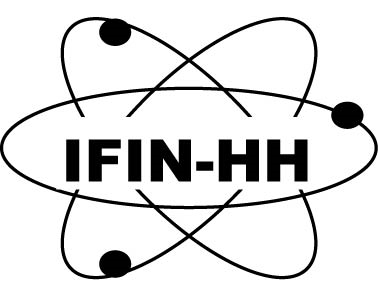Towards perovskite large area photovoltaics
Objectives
The overall aims/objectives of the project are:
- to develop efficient, stable, reproducible standard and inverted perovskite solar cells and photovoltaic modules fabricated with affordable large area and environmental friendly technologies, reducing to minimum the pollutants during fabrication process. It is expected that by developing low cost and stable photovoltaic panels with optimized efficiency the use of such devices in public and private buildings such as offices, supermarkets, houses, schools, etc.,will be boosted, contributing thus to increasing the share of renewable energy in energy balance in Romania and Donor States.
- to strengthen the knowledge base concerning the application of environmental technology; new knowledge will be acquired regarding how PSCs can be optimized for large scale applications and how can they be fabricated using environmentally friendly technologies with low carbon footprint.
Specific objectives (key targets) to be achieved during the PERLA-PV project are:
O1 – understand the physical working principles of perovskite solar cells and find solutions to increase and stabilize the PCE while enlarging the area of the cells
O2 – reduce the amount of costly materials and toxic solvents used in the fabrication process of both standard and inverted PSC structures with other inexpensive and environmental friendly compounds
O3 – stabilize the PCE performance of PSC via compositional engineering and proper replacements including the selective contacts.
O4 – enhance the charge collection efficiency by optimizing interfaces between the layers in the cell
O5 – develop cheap large area fabrication technologies (printing and sputtering) for all the component layers in PSCs, standard and inverted structures
O6 – obtain efficient large area encapsulated PSCs and photovoltaic modules with PCE over 15%
The challenges to be solved during the project are:
Scientific (all based on theoretical modeling and experiments):
- fundamental understanding of the mechanisms behind the degradation of PSCs and finding solutions to stop them.
- fundamental understanding of the hysteresis effects and find technological ways to mitigate them.
- succeed to optimize the interfaces between the halide perovskite light absorber and the electron and hole transporter materials
- find less toxic alternatives for the solvents used in the fabrication process of PSCs as well as for the component layers and electrodes that are involved in the degradation of the cells
- preserving, if not enhancing, the charge collection and PCE in the large area PSCs and photovoltaic modules fabricated with the developed printing technologies.
Technical
- to find proper solutions for processing photovoltaic modules while preserving the PCE of the PSCs.








